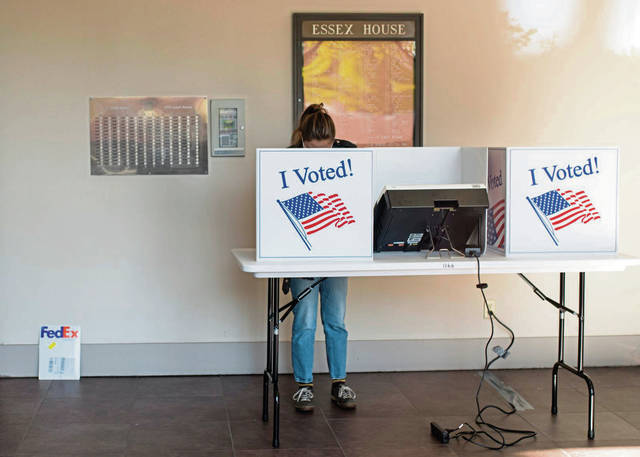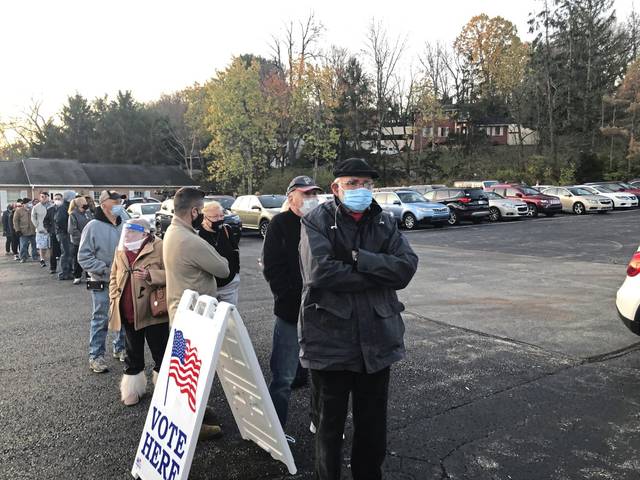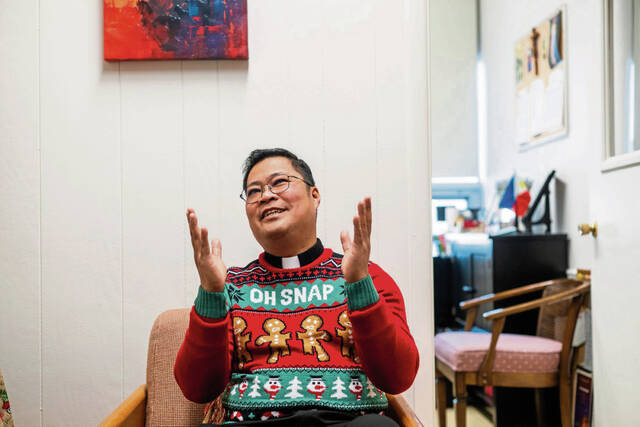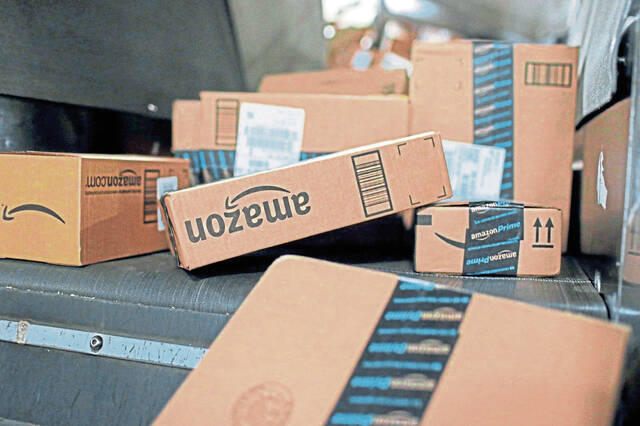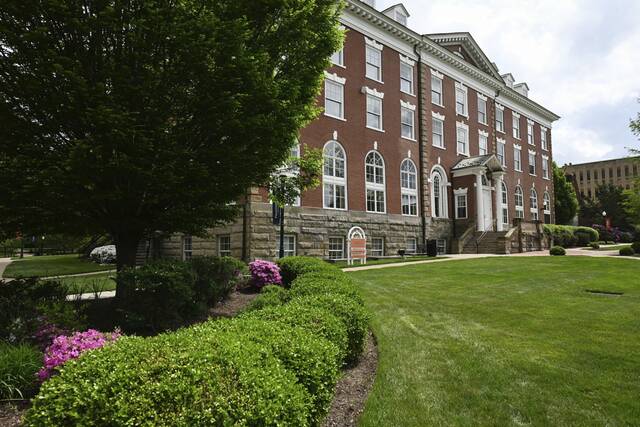Mario Taliani of Arnold was surprised when he went to vote Tuesday — not by anything on the ballot, but by the ballot itself.
Taliani went into his polling location at Roy A. Hunt Elementary School expecting to vote on an electronic machine. He didn’t know they had been replaced with a new system that produces a paper trail.
“It was definitely a change from last year,” he said. “It seems we’re taking a step back. I don’t know if this is a more secure way.”
Gov. Tom Wolf in 2018 ordered counties to replace their electronic voting systems with machines that leave a paper trail to increase the security of voting systems and make balloting easier to audit.
While Allegheny and Westmoreland counties use systems that end with voters scanning a paper ballot into a machine, residents of those two counties complete the process differently.
In Allegheny County, voters fill in ovals on a paper ballot that is then scanned; in Westmoreland, voters use an electronic touch screen that produces a paper ballot to scan.
Allegheny County spokeswoman Amie Downs said paper ballots were used in the primary, but Tuesday’s general election marked the first use of scanners at voting precincts.
“When the county moved to a new voting system in the fall of 2019, we knew that it would be a big adjustment,” she said. “With covid impacting the spring primary, many voters didn’t see the new system firsthand until now.
“Like with any change, there are mixed reviews. This new system also provides more confidence in the system with the creation of a paper trail that is auditable.”
Grace McGhee, a judge of elections at Pivik Elementary School in Plum, said voters seemed to like the new system.
“I haven’t heard any complaints about it,” she said. “It’s so easy. We haven’t had any problems with the machines, which I’m thrilled about.”
Susan Majernik, a Republican poll watcher at Pivik, said she likes that the system has a paper trail.
“With the pure electronic, there’s so much that can go wrong,” she said.
Many voters were wondering why the electronic machines were replaced, said Bill Gearhart, the judge of elections at Citizens Hose Fire Hall in Harrison.
“People were accustomed to them and familiar with them. After we explain to them why we made the switch, they understand the change better,” he said.
An electronic machine to fill out ballots was available for those who could not fill out the paper ballot by hand. But while there were multiple stations to fill out a paper ballot, there was only one electronic system.
While not intended to be used by the majority of voters, most of those voting at the Tarentum Borough Building were using the electronic machine, said elections judge Brenda Jendrey.
“Nobody wanted to do the paper ballots,” she said. “That’s what people are more comfortable with.”
Westmoreland County Elections Director JoAnn Sebastiani could not be reached for comment Tuesday.
The $7.1 million system Westmoreland selected cost $30 per voter, or nearly triple the $11-per-voter system Allegheny County chose, which cost $10.5 million.
Westmoreland’s new voting system was unveiled in March for a special election to fill a vacant state House seat and used again in the June primary.
The system is similar to the touch-screen voting computers that were in use since the mid-2000s. Voters mark ballots on the computer, which then prints out a completed paper ballot that a voter manually inserts into a digital scanner, where it is recorded.
“They work great. They’re slick,” said Arlene Mercurio, a judge of elections at the No. 1 Fire hall in New Kensington. “This way, people get to look at their paper and see it’s what they voted for on the machine. Every single ballot has a paper backup. It makes so much sense.”
Voting at the fire hall, Julius Howser said he thought it was a fast way to get the votes, although he said beyond president he wasn’t familiar with the candidates for other offices on the ballot.
Christine Lorriman, voting at the fire hall, didn’t like that she wasn’t able to cast a straight-party vote with a single touch. In November 2019, reforms to the Pennsylvania Election Code eliminated straight-party voting.
“I thought it was fairly fast,” she said. But “I didn’t think it was that confidential,” since she felt someone could look at her ballot as she went to scan it.
The system seemed to be working well at mid-day at Hunt Elementary, acting elections Judge Carol Dilliott said.
“A couple people said it was easier,” she said.


